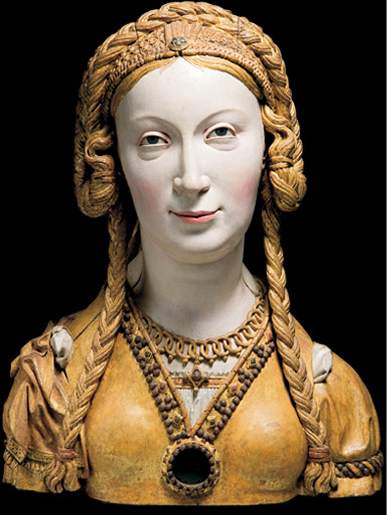Treasures of Heaven, at the British Museum. By Andrew Graham-Dixon.
"Treasures of Heaven”, the British Museum’s principal summer exhibition, is a brave and unusual show which sets out to explore the ancient Christian cult of relics and the rich and enthralling works of art created to house them. Often the preserve of church or cathedral treasuries, the art of the reliquary is an art of boxes and caskets, housing mysteries; an art of amulets and pendants; of elaborate goldsmiths’ and jewellers creations made to hold, and to hold up to veneration, sacred matter itself: the mortal remnants of the saints or objects once believed to have touched Jesus Christ himself. It is an art of rich things formed to house the poorest and most poignant memorials of men and women remembered as holy: bones, locks of hair, scraps of the bloodstained garments they once wore during the torments of their martyrdom. Yet more perhaps than any other Christian art form, the reliquary is neglected and underappreciated – because it has traditionally been regarded, both in Protestant circles and across broad swathes of the modern secular world, with fastidious and morbid distrust.
The light has been kept deliberately low in the galleries chosen for the show, within the central reading room of the old British Library and beneath its gilded dome. This is presumably to simulate the light of candles by which relics and reliquaries were once most commonly viewed. Piped medieval music, which may not be to everyone’s taste, adds a sanctifying soundtrack. The exhibition opens with a display of early Christian sarcophagi excavated from various sites within the catacombs of Rome, tombs reflecting Roman practices of venerating the dead but lent an additional poignancy by their status as the rare and subterranean remnants of a persecuted people. The bodies...


